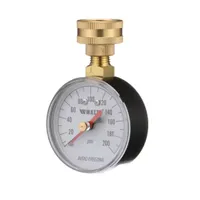How to identify and fix low water pressure in your shower
Don't let a disappointing shower ruin your morning – this is how to identify and fix low water pressure at home
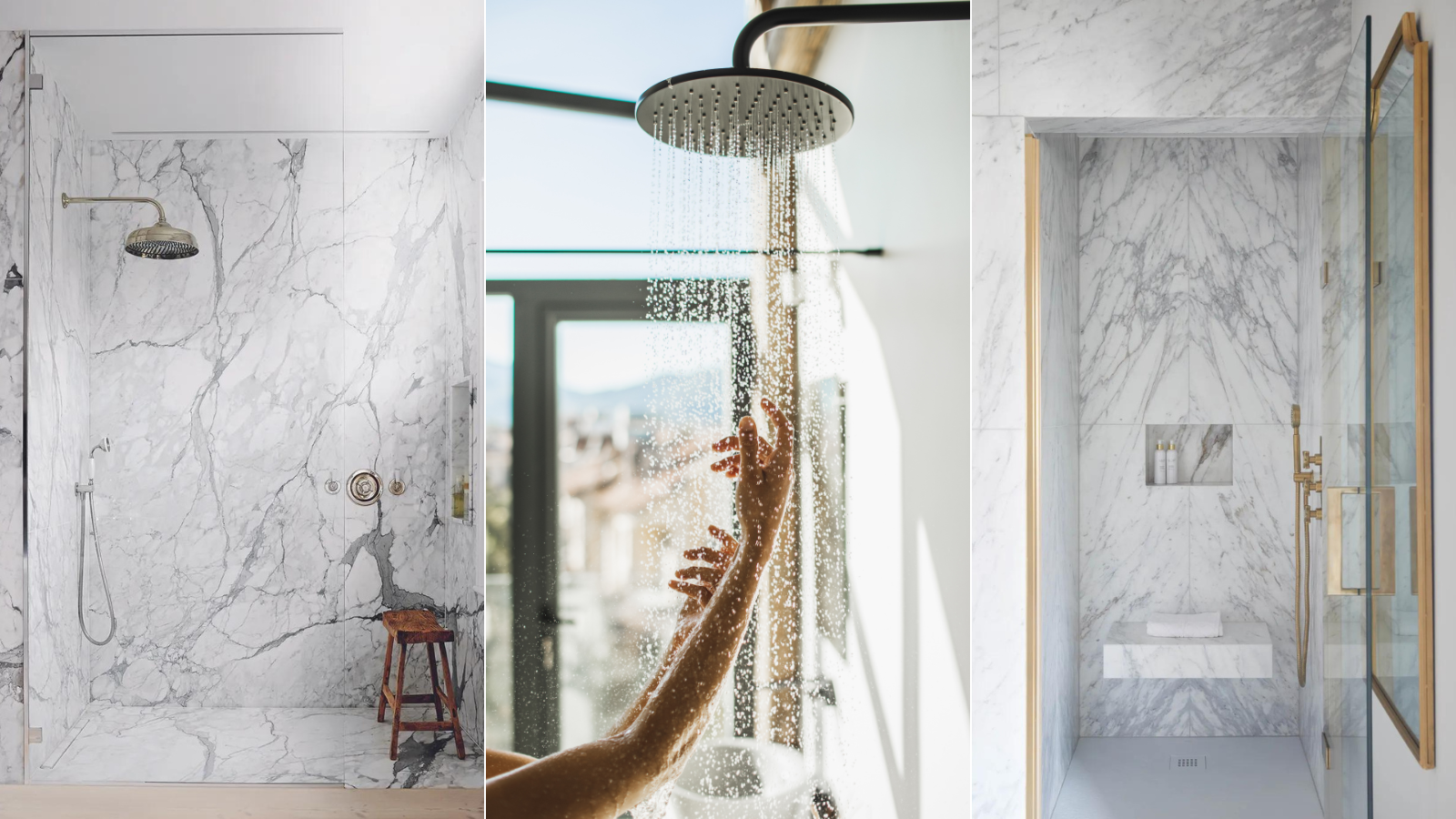

Starting your day with a lackluster shower can be a real letdown. There's nothing quite like a weak stream of water to dampen a well-established morning routine.
Many households face the challenge of low water pressure in their bathrooms and shower rooms. Over time, mineral buildup in your shower head can reduce its effectiveness, or perhaps your home's plumbing system isn't as robust as it once was.
But here's the uplifting news: improving indoor water pressure is often within your DIY capabilities, sparing you the cost and hassle of a professional visit.
Identify and fix low water pressure in your shower
We've consulted with plumbing specialists and HVAC technicians to gather the best insights on pinpointing and fixing low water pressure issues in your home. Here's what they said:
How to identify low water pressure in a shower
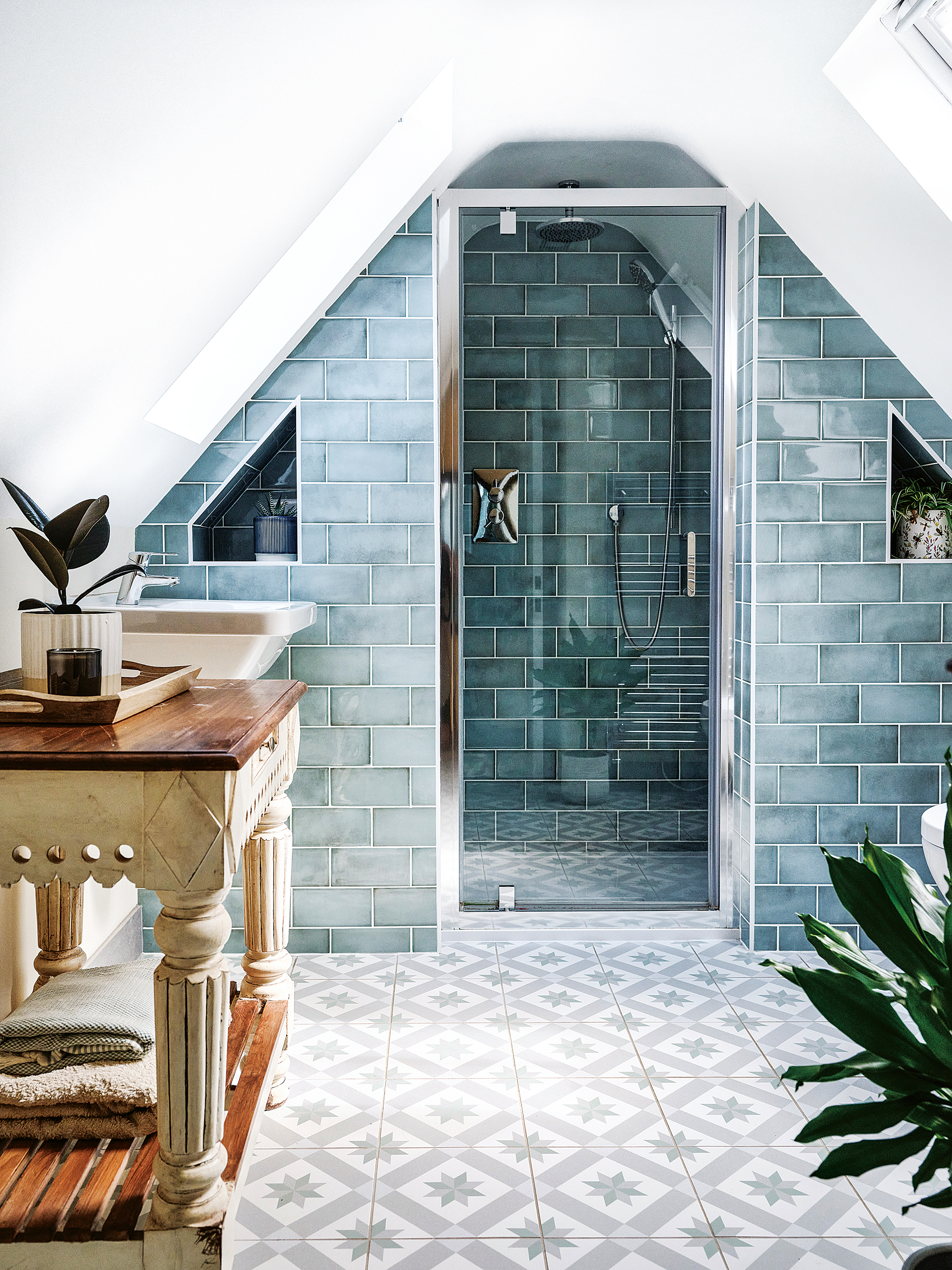
Aside from the obvious sign – a lackluster shower – there are two simple ways to identify low water pressure:
1. Read Your Water Pressure Gauge
'The best way to identify your water pressure is low is to use a pressure gauge, which can be purchased at your local hardware store or online,' explains Audrey Monell, President of Forrest Anderson Plumbing and Air Conditioning.
Watts Water Pressure Test-Gauge Brass
This affordable water pressure gauge from Lowes is easy to install and highly accurate.
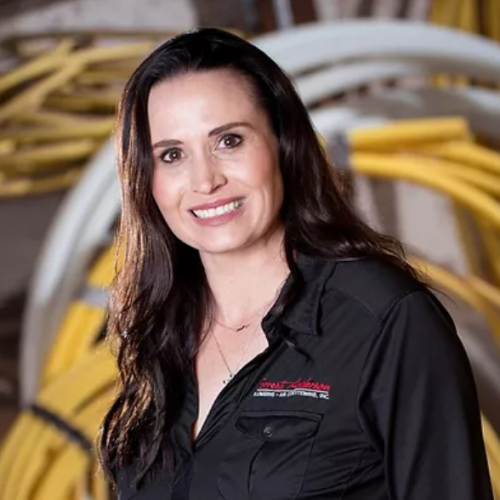
Audrey Monell is President of Forrest Anderson Plumbing and Air Conditioning. She has been in the plumbing and HVAC industry her entire life and since taking over the family business, Monell has led the company to a bright future even against turbulent times including the 2008 recession and the pandemic.
2. The 'Bucket Method'
'If you don’t have access to a pressure gauge, you can simply turn your shower on at full blast and let it run for about a minute. Then place a 5-gallon bucket under the flow of water and time how long it takes to fill the bucket,' says Monell.
'Start the timer the moment the water first hits the bottom of the bucket and stop it the moment the water starts to overflow. Then you can easily calculate your shower’s GPM or gallons per minute rate by dividing 5 by the amount of time it took to fill the bucket. For example, if it took two minutes to fill the bucket, divide 5 by 2, and your GPM is 2.5.'
1.5 GPM is the standard rate for a low-flow showerhead, while 2 GPM is expected of a typical functioning shower and is known as the Current U.S. Federal WaterSense standard. 2.5 GPM is the legal maximum flow rate for all shower heads in the U.S.
Design expertise in your inbox – from inspiring decorating ideas and beautiful celebrity homes to practical gardening advice and shopping round-ups.
'It is also important to identify any inconsistencies in the pressure or flow of the water coming from your shower head while testing the flow, as this is another warning that you might have a more serious plumbing problem,' explains Monell.
What causes low water pressure in a shower?
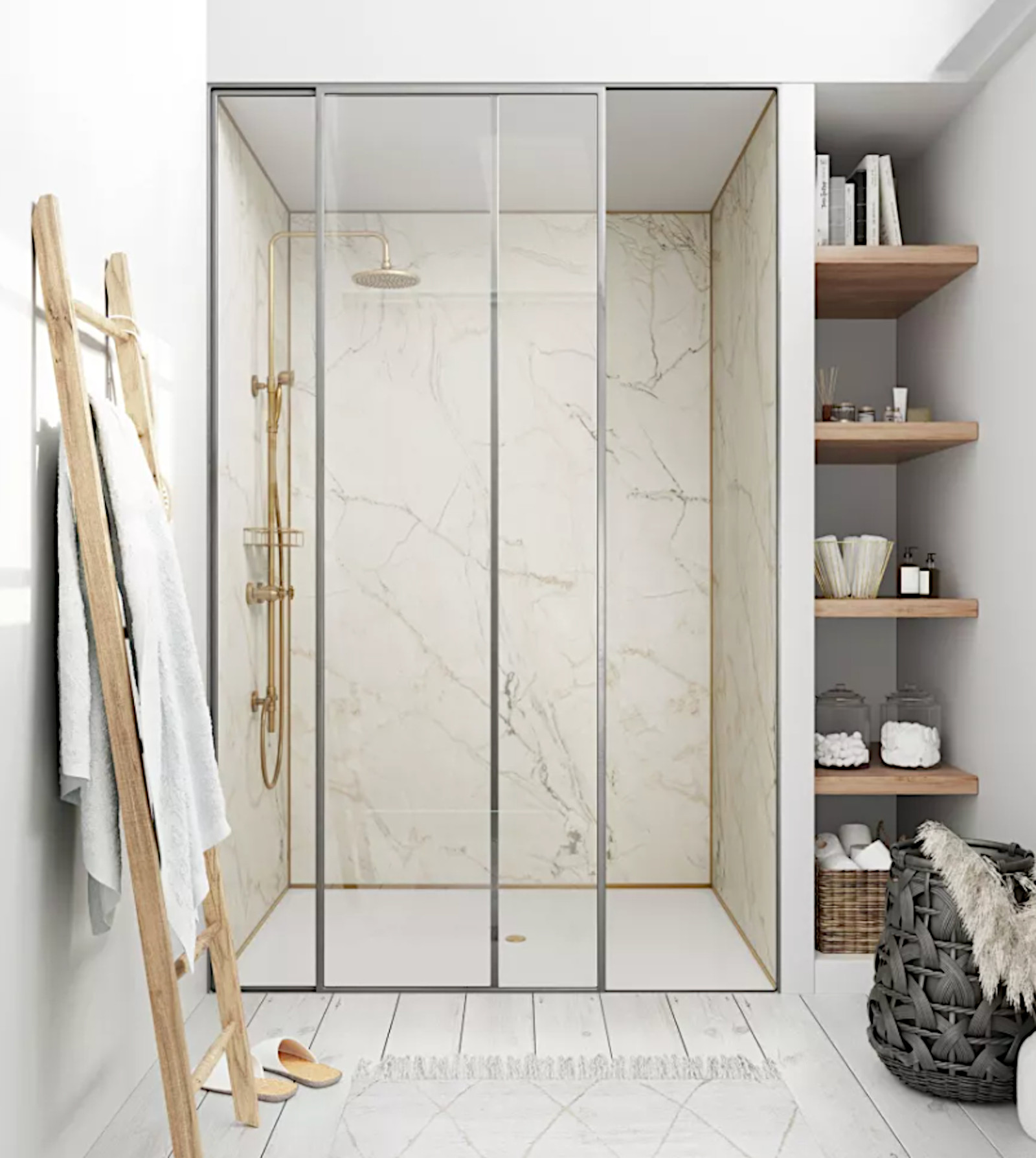
There are several factors that can lead to a disappointing shower experience. Here are a few common culprits:
1. Older Plumbing Systems
Older homes often face the challenge of low water pressure in showers due to aging plumbing systems. These systems, typically reliant on gravity for water movement, can struggle to meet the demands of modern high-pressure showers, leading to a less-than-satisfying shower.
'The most common location that I get calls for about low water pressure is a top-floor master bathroom,' explains Hendrik Vandepoll, Master Plumber from Service Force Plumbing. 'In a multi-level home, each successive floor will see a drop in water pressure. Plus, a master bathroom will often have the most fixtures installed and may not have been plumbed with large enough piping to supply all of it.'
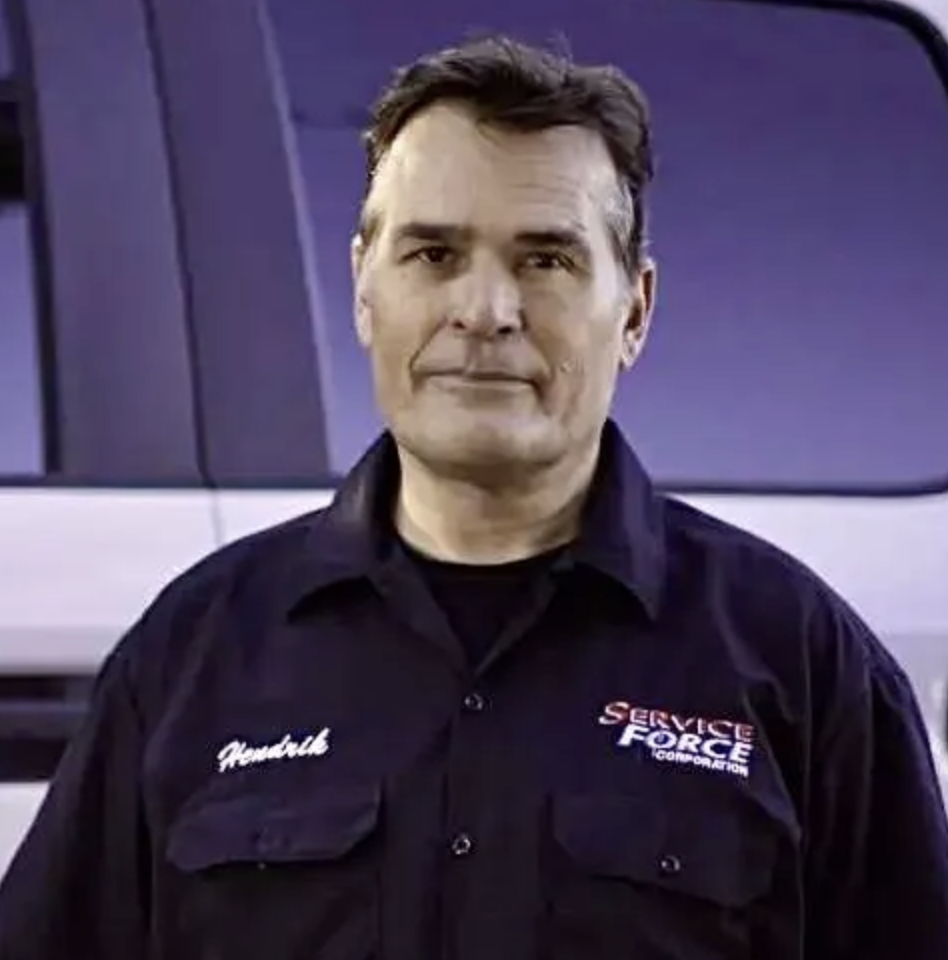
Hendrik is a 32-year Master Plumber and co-owner of Service Force Plumbing, based in Rockville, Maryland.
2. Corroded / Ineffective Pipes
Over time, pipes (especially metal ones) can wear down or even start to leak. This wear and tear can block the smooth flow of water to your shower and other fixtures, leading to a frustrating drop in pressure. Similarly, the size of your pipes may be causing low water pressure.
‘Ideally, a shower would be supplied by a 3/4" pipe and valve, which (under similar conditions) can supply more than double the water flow of a 1/2" valve,' reveals Vandepoll. ‘Many showers, however, share a water source, the toilet, or other fixture and are only supplied by a 1/2" pipe.’
3. Problems with your PVR
‘Your home has a Pressure Reducing Valve (PRV) that reduces the pressure of the water coming into your home from your municipal supply line,’ explains Hendrik Vandepoll, Master Plumber. ‘These PRVs do go bad eventually. There are gauges available to test the pressure, which a homeowner could invest in if desired rather than calling a plumber. But if it is bad, replacing the PRV would require calling a licensed plumber.'
4. Partially closed valves
It’s easy to overlook, but sometimes the valves in your plumbing system aren't fully open. This can happen after repairs or by mistake. For the best water flow, ensure all the valves, including your main shutoff and water meter valve, are fully open.
How to fix low water pressure in a shower
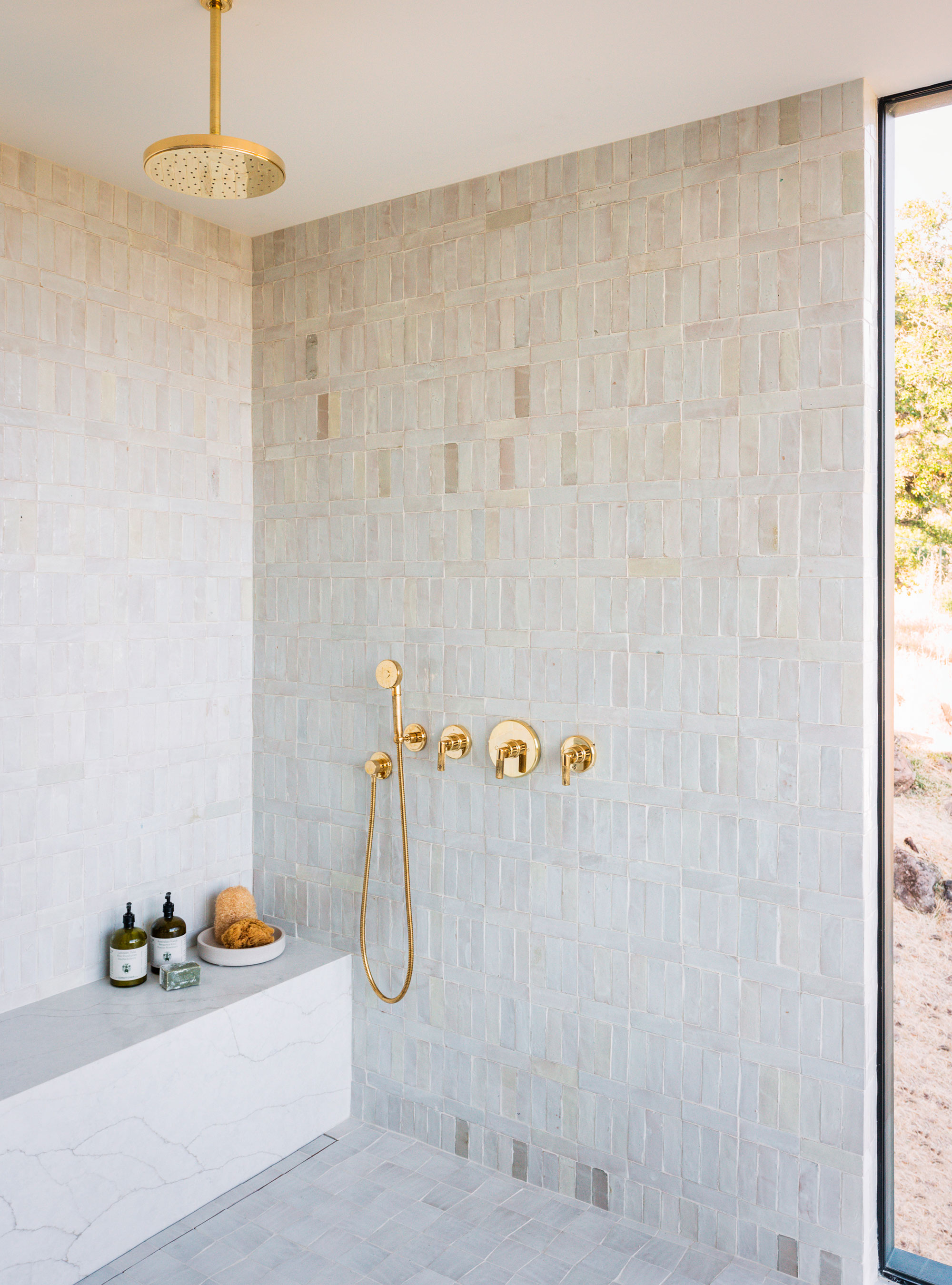
Thankfully, you don't have to endure low water pressure for long. There are a few quick fixes to try before calling out the experts:
1. Clean / Descale Your Shower Head
'The first thing that homeowners should always check is whether there is mineral buildup or other blockage in the shower head,' explains Hendrik Vandepoll, Master Plumber. 'Removing a showerhead shouldn't typically require anything more than an adjustable wrench and should be within the abilities of any DIYer. Remove and clean your shower head and any screens in the fixture by soaking them in a mixture of white vinegar and water to remove mineral buildup and restore the original flow rate.'
'You can leave your showerhead submerged in vinegar for a few hours or soaked in a descaling solution, like CLR PRO Calcium, Lime and Rust Remover, from Amazon,' says Mark Collins, CEO of 1-800 Plumber +Air.
You may also want to take advantage of this time to clean your bathroom and shower grout to get the space gleaming again.
2. Replace / Upgrade The Shower Head
'If the cleaning does not suffice, it may be time to replace your shower head. Years of use can lead to limescale and mineral buildup that a simple cleaning can't fix, limiting the flow of water,' says Audrey Monell. 'For handheld showers, check in on your hose, as dents can impact the water pressure too.'
When shopping for a new showerhead for your walk-in shower, pay attention to the holes: fewer and smaller ones often mean a more powerful spray. Plus, adjustable showerheads with different spray settings are great for customizing your shower to your liking.
3. Check Your Valves and Pipes.
'Your water shut-off valve might not be fully open, especially after recent apartment building work or home renovations,' explains Audrey Monell. 'Look under your kitchen sink or near the water heater and align the level of the valve parallel with the water pipe to fully open your water supply.'
4. Call Out The Experts
'If you still don’t notice any improvement in pressure after refurbishing your shower components and fixtures, pipes, and valves, all look normal; it is time to consult a professional,' urges Audrey Monell. 'A plumber can take a closer look to diagnose the problem. You may be dealing with more serious plumbing issues and don't want to risk causing more damage.'
'There could also be a problem with your municipal water supply, which could indicate a water main break somewhere,' adds Joseph Wade, VP of Operations of Benjamin Franklin Plumbing. 'If you suffer from chronically low water pressure due to municipal issues, you may want to install a pressure tank and pump in your home. If you need help adjusting your psi, contact an expert plumber.'
FAQs
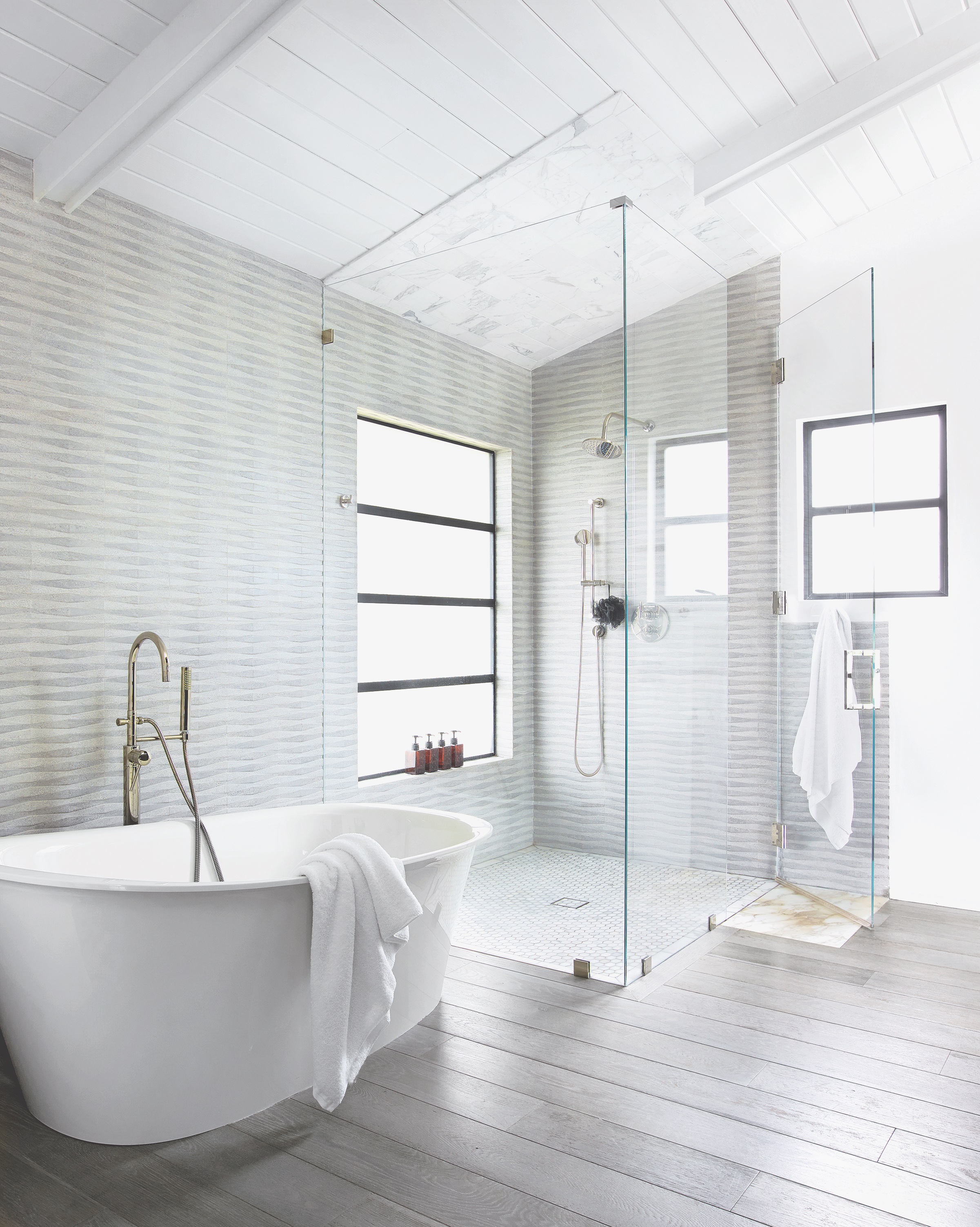
Why is the water pressure low in my shower but ok everywhere else?
If you are experiencing good water pressure at your bathroom sinks but just a dribble in the shower, the issue might be the height of your showerhead. Consider lowering the showerhead closer to your water source for a potential fix.
How do you read a water pressure gauge?
Reading a water pressure gauge is quite straightforward once you get the hang of it. Here's a step-by-step guide to help you understand the process:
1. Locate the Water Pressure Gauge: This gauge is usually attached to a water source, like your home's main water supply line, or sometimes on a hose bibb (outdoor faucet). It looks like a circular dial with a needle and numbers around the edge.
'Check the pressure gauge when all other faucets and water-using appliances are turned off to get a baseline reading,' recommends Joseph Wade from Benjamin Franklin Plumbing.
2. Understand the Units of Measurement: Water pressure gauges typically measure pressure in pounds per square inch (PSI). The numbers on the gauge indicate the PSI level. Some gauges might also show measurements in bars (1 bar ≈ 14.5 PSI).
3. Read the Needle's Position: The needle on the gauge points to a number on the dial. This number is your water pressure reading. For example, if the needle points to 50, your water pressure is 50 PSI.
4. Check the Optimal Pressure Range: Generally, safe and efficient water pressure for a home is between 40 to 60 PSI. If your reading is within this range, your water pressure is considered normal.
5. Note Any Fluctuations: If you're checking the gauge over a period, note any significant fluctuations. Sudden drops or spikes in pressure can indicate issues in your plumbing system.
6. Consider the Time of Day: Water pressure can vary throughout the day. It's often higher at night when less water is being used and lower during peak usage times. Keep this in mind when reading the gauge.
7. Assess Multiple Readings: For a more accurate assessment, take multiple readings at different times and compare them.
If your water pressure is consistently too high (over 60 PSI) or too low (under 40 PSI), it might be time to consult a plumber. High pressure can stress your plumbing system, while low pressure can be a sign of leaks or blockages.
Consider making further bathroom updates at the same time as upgrading your shower system. You could refresh your bathroom grout, retile the space, or upgrade your lighting. There are plenty of ways to improve your bathroom for under $100, but simply ticking some tasks off your bathroom decluttering checklist will feel like an achievement too.

Gabriella is a freelance contributor for Homes & Gardens. She is a DIY enthusiast and a lover of all things interior design, often found antiquing or browsing the aisles of her local hardware store. She has a particular passion for historic buildings and is in the process of renovating a Victorian coachhouse in the countryside.
For much of the past decade, Gabriella has worked as a freelance writer, crafting copy for national publications and renowned homeware brands. Most recently, she worked for Homebuilding & Renovating Magazine and is the former Head of Solved at Homes & Gardens, focusing on case studies for the magazine and website, as well as writing features about issues surrounding historic and listed building projects.
